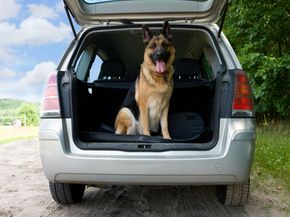There are few experiences as liberating as traveling on the open road. In the United States, it's been a source of legend. Long after expansion settled in the western states and the Eastern colonies had been consigned to the history books, Americans traveled east to west and vice versa. When the national interstate system was constructed in the 1950s, the going got a lot easier, and taking long trips by car became a national pastime. Indeed, author Jack Kerouac's impromptu road trips became the inspiration for his classic novel "On the Road." More recently, William Least Heat-Moon chronicled his own cross-country journey in his 1982 memoir "Blue Highways: A Journey Across America." Classic road trips in the United States don't necessarily have to stretch from one coast to the other: The authors of "The Great American Road Trip" only traveled one highway, but they traveled it from Maine all the way down to Florida.
There's something about hitting the highway with no particular place to go. Because of the freedom and variety road trips provide, many travelers bring their pets along. Traveling with a pet by car is much easier than any other form of travel, and spending one day playing in the snow-covered mountains and the next in the desert can be a delight for pets.
Advertisement
There are some considerations when traveling by car with your dog or cat, however. For instance, how often should you stop to for a walk on a long road trip? How often should you give your pet food and water? How do you keep your pet from dashing off into the wilderness? You can find out the answer to these questions, and some other tips as well.


